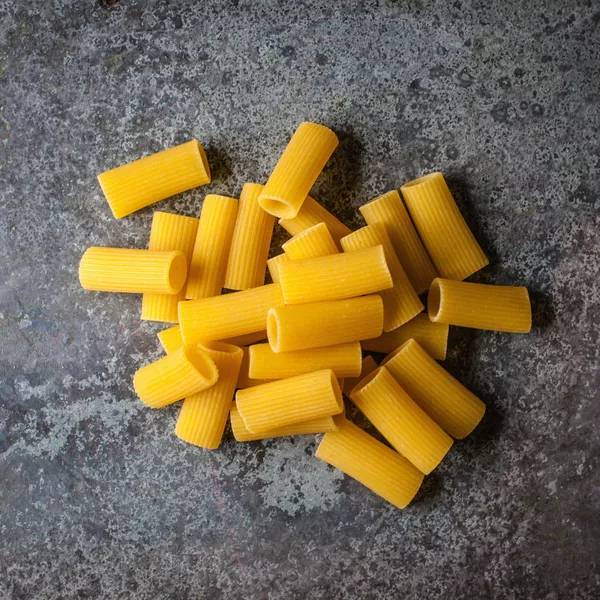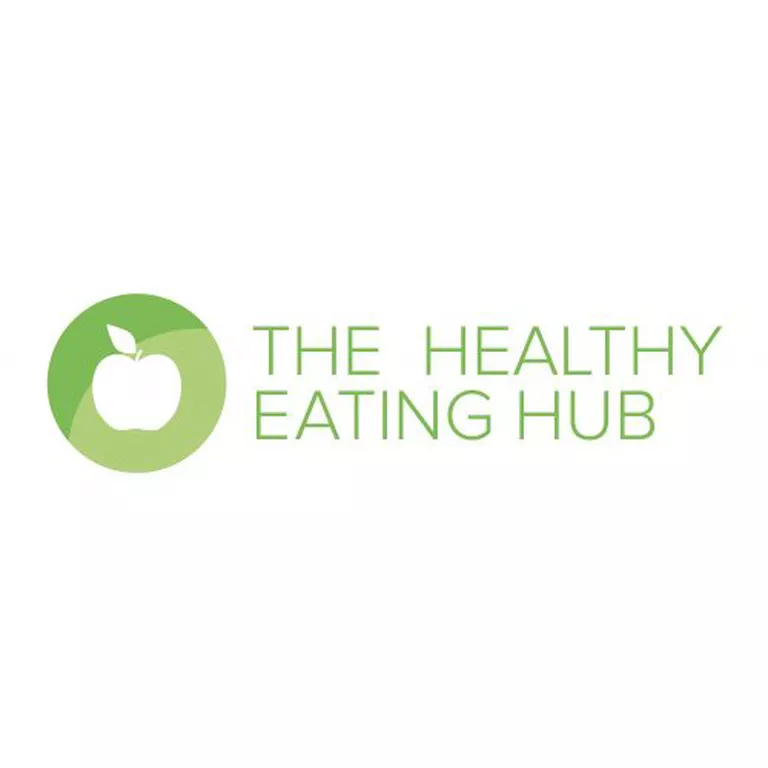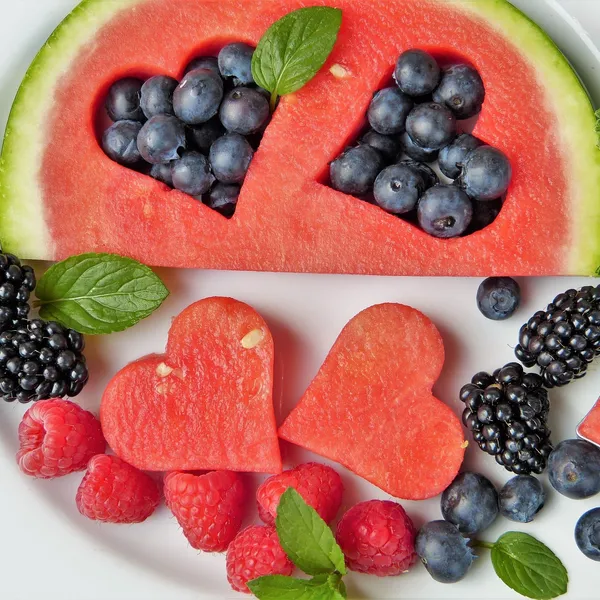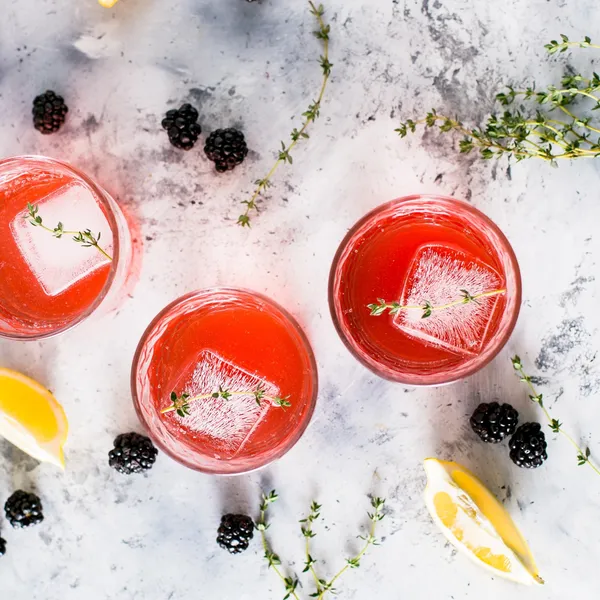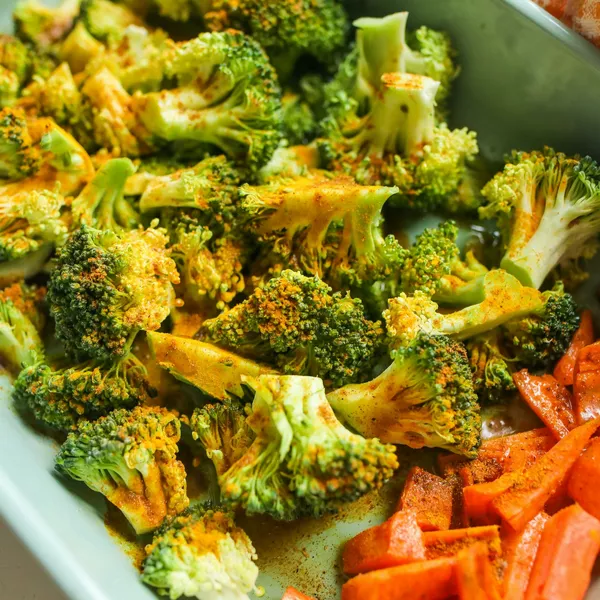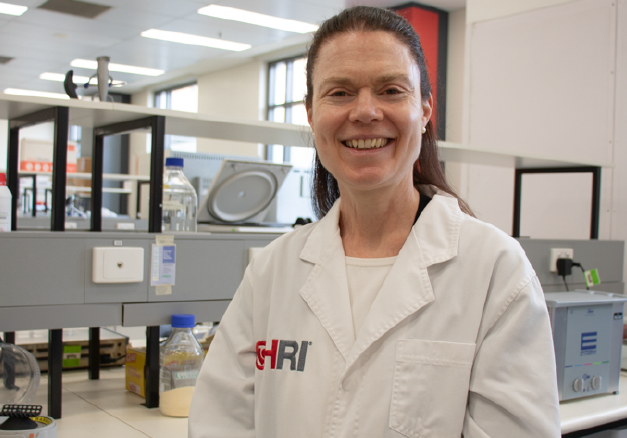Potassium is another essential electrolyte, which is sometimes forgotten in the presence of sodium. Research has suggested that consuming foods rich in potassium can help to lower blood pressure risk, by helping eliminate sodium through urine.3 It is worthwhile to note that while there has been some research to suggest the benefits of potassium consumption in reducing blood pressure risk, it is best to seek medical advice before increasing consumption if you have kidney disease or any kidney problems.
Natural sources of potassium
Natural sources of potassium include:
- Kale
- Spinach
- Arugula (rocket)
- Bananas
- Nuts and seeds
- Apricots
- Avocados
- Potatoes
- Mushrooms.
While taking on any of these strategies will help to reduce blood pressure over time, it is best to implement them altogether, in combination with a diet rich in wholefoods and regular exercise, and under the guidance of your healthcare professional. Making the effort to reduce salt, opt for high fibre foods, include natural sources of potassium as well as a variety of colourful fruits and vegetables, and participate in regular physical activity, is the best long-term strategy to combat high blood pressure.
